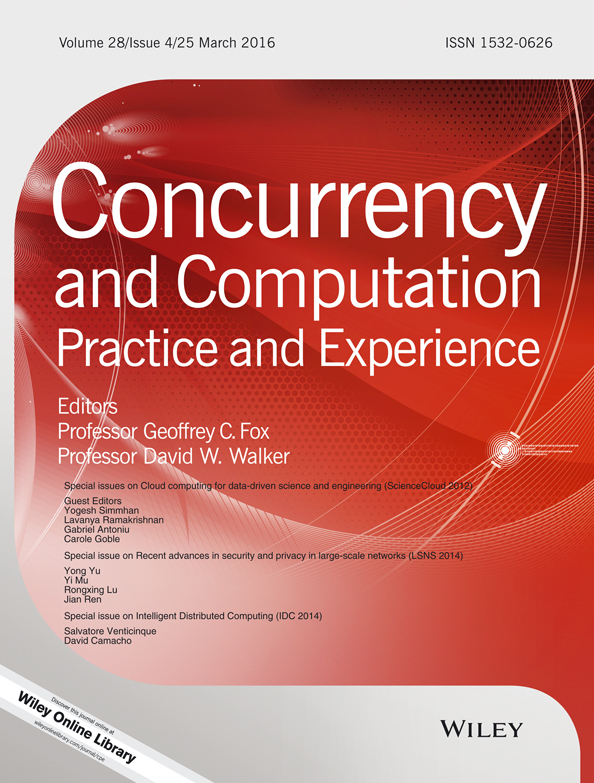A new certificateless signature with enhanced security and aggregation version‡
A preliminary version of this paper was presented at NSS 2014.
Summary
To satisfy the applications in certificateless environment, many researchers have been investigating certificateless aggregate signature schemes. Several schemes that are independent with the aggregated numbers are proposed to reduce the computation overhead. In these schemes, the pairing computations that in verification procedure needs are a constant value. Recently, Hou et al. proposed an improved certificateless aggregate signature scheme. They demonstrated the scheme is provably secure in the random oracle model. However, we find that their scheme is insecure in their security model by giving a concrete attack. Then, we propose an improved certificateless signature scheme and use it to construct a new certificateless signature scheme with enhanced security and aggregation. Furthermore, we provide formal security proof of our new scheme. Compared with other four schemes, our enhanced protocol is more suitable for realistic applications. Copyright © 2015 John Wiley & Sons, Ltd.




